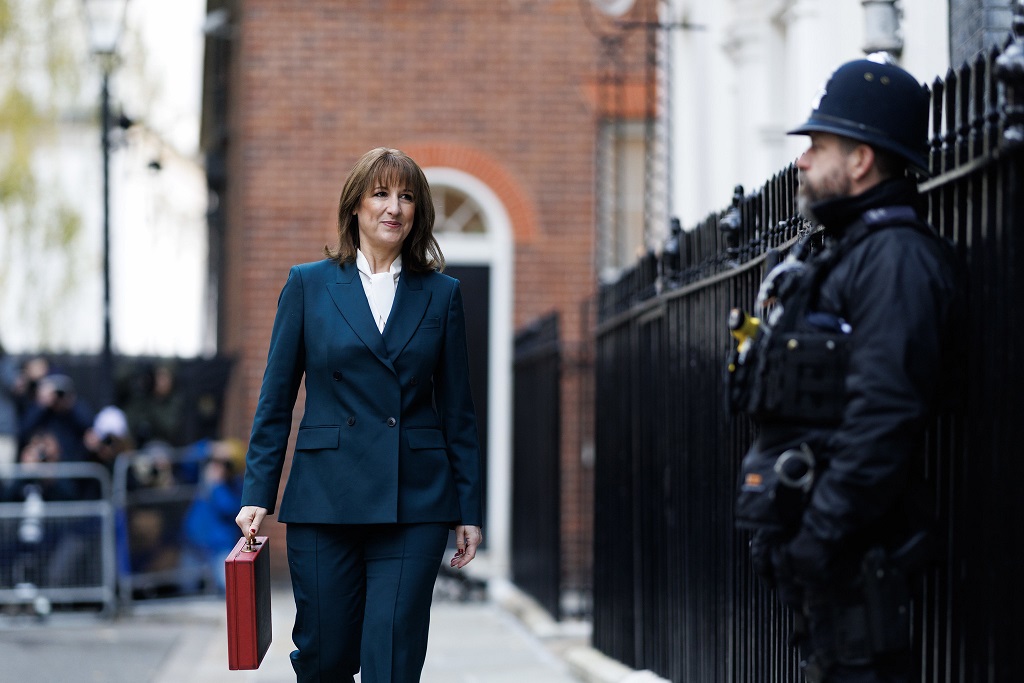Commentary
We must be bold and creative to achieve net zero on heritage retrofits
Fortune favours the brave when it comes to making historic buildings low-carbon and energy-efficient, writes Iain Shaw of Max Fordham.
Having worked on some of Greater Manchester’s most significant historic buildings, I’ve learned that perceptions about listed buildings can stifle ambitions. However, when we’re bold and creative with our low energy aspirations for historic retrofits, we can absolutely deliver on low carbon goals.
In the context of retrofitting historic buildings, being bold is about having the confidence to do less rather than more. A sensitive and creative restoration will breathe new life into an historic building, retaining elements of the original design that work well (i.e. natural ventilation and thermal mass) and supporting them with appropriate low carbon technologies to bring the building up to modern standards of comfort.

Credit: James Newton 2018
At the grade one-listed Rochdale Town Hall, Max Fordham worked alongside architect Donald Insall Associates to successfully make the case to double-glaze significant portions of the building. The roofs were also insulated, with every different roof structure given a properly detailed solution, which involved a lot of investigative work.
We designed a hybrid heating system to retain newly installed gas boilers that there was nervousness about losing – coupling them with air source heat pumps. We turned the gas boilers down to 55°C to test if the hybrid system worked through winter, and it did! This was a bold, conceptual change.
Originally the gas boiler had run for 10 hours a day in winter, so it was hot in the day and cold at night, stressing the delicate plaster, paint and joinery with the constant changes in relative humidity. Our new strategy warmed the building in autumn and kept it there. The exposed stonework regulates the temperature, which is now far more stable, and the heat pump does most of the work. The building is far more comfortable than it has ever been.
Historic buildings make fantastic design projects because you can see how they perform and get feedback on what isn’t working. Having an existing building also means you can test and investigate options, such as different heating systems or lighting designs. You can also demonstrate proposals to conservation officers before submitting for listed building consent. A digital twin or 3D model are no substitute for getting on your hands and knees and exploring how a building was put together, and how it can be made better in the real world.

Credit: Jeffrey Bell Architects
We’re currently monitoring progress on The Rylands Building (the former Debenhams) as it gets closer to opening. We spent a lot of time early on as a design team developing a credible net zero carbon strategy.
It was a whole team effort, with Jeffrey Bell Architects pulling together options appraisals for improving the performance of the Crittall glazing, while we completed sensitivity analysis of the options, carried out moisture modelling, and developed a low-carbon strategy. We presented this to Manchester City Council’s planning department to explain why our strategy was so important, and that it wasn’t to the detriment of the overall historic significance of the building.
People are understandably nervous about listed buildings, but there is a lot of expertise at hand. Adventurous clients stand to benefit from being bold – see the heat pump study we did with Historic England and our work with the Science and Industry Museum, where we recently completed the grade two-listed Power Hall project that uses ground-water, electric steam boilers and heat pumps to power the Victorian engines that were once driven by coal, to heat the building, and to preserve the exhibits.

Credit: David Bewick, Science and Industry Museum
The key to success is to employ a team that understands historic buildings, and knows how to engage with clients, conservation officers, and other stakeholders. This role is no longer limited to the architect; an MEP engineer has a big role to play in communicating concepts and options.
There’s a lot of skill and expertise in this sector. Having the right experience on your team will get the best results and protect your building from over-engineering, or inappropriate additions that could do more harm than good.
It’s crucial to think through the details properly, and it takes time and investigation to do this well, but the end result is worth it. I’m convinced that a teams’ experience quickly pays for itself by reducing running costs for owners of historic buildings.
Don’t settle for substandard retrofits. If you have the right team in place, you have the freedom to be bold and creative – and achieve fantastic results.
- Iain Shaw is Manchester office director at Max Fordham






Lovely insight, thanks Iain.
By Anonymous